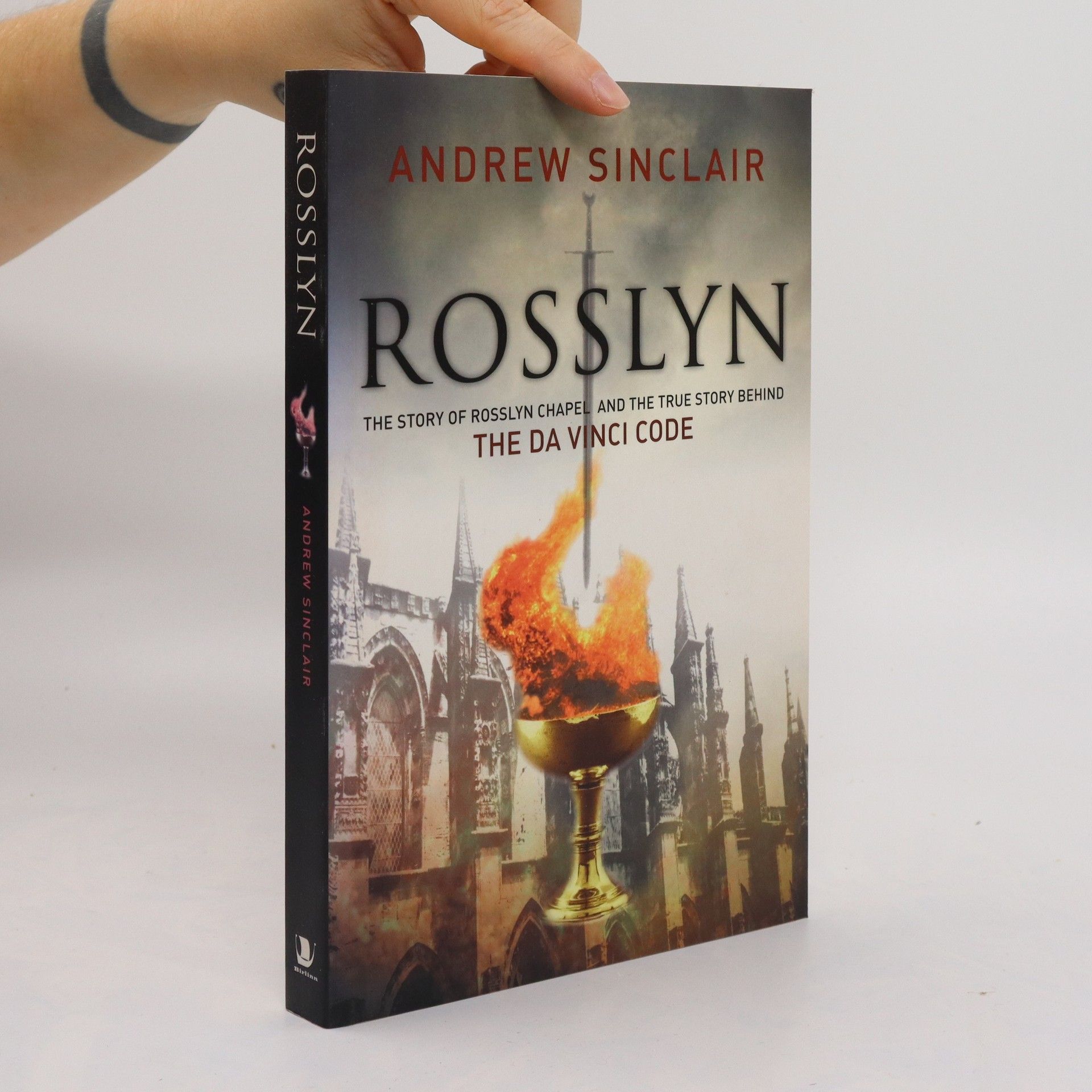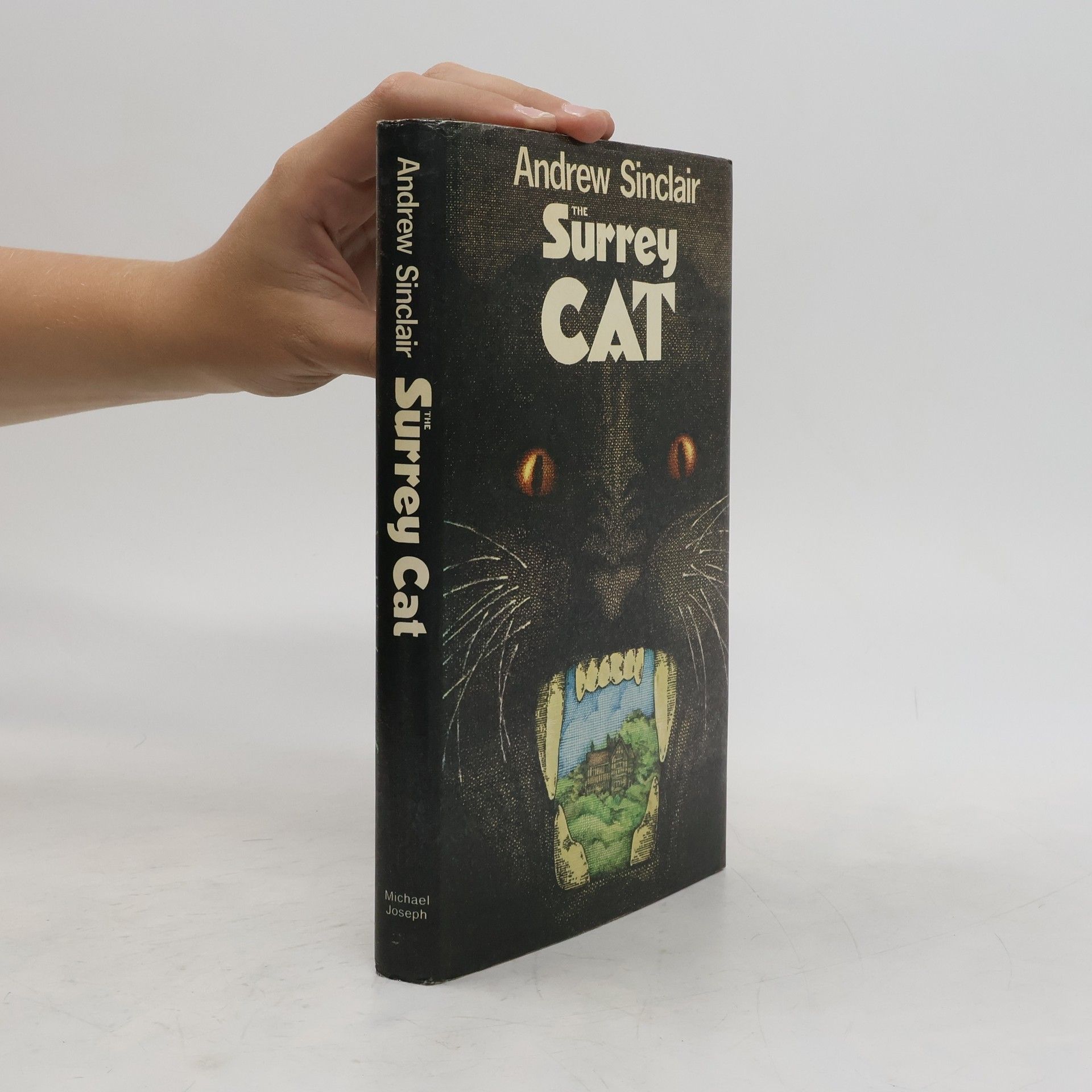Of all Jack London's fictions none has been as popular as his dog stories. In addition to The Call of the Wild, the epic tale of a Californian dog's adventures during the Klondike gold rush, this edition includes White Fang, and five famous short stories - B tard, Moon-Face, Brown Wolf, That Spot, and To Build a Fire.
Andrew Sinclair Boeken
Andrew Sinclair was een productieve auteur, bekend om zijn fantasierijke en stilistisch diverse romans. Zijn werken duiken vaak in thema's als identiteit, geschiedenis en maatschappelijke structuren, met een unieke mix van gotische fantasie, macabere komedie en picareske avonturen. Sinclair's benadering van schrijven omvatte een diepe betrokkenheid bij geschiedenis en cultuur, zichtbaar in zowel zijn fictie als zijn uitgebreide non-fictie. Zijn vermogen om boeiende personages en complexe verhaallijnen te creëren, maakt hem tot een onderscheidende literaire stem.


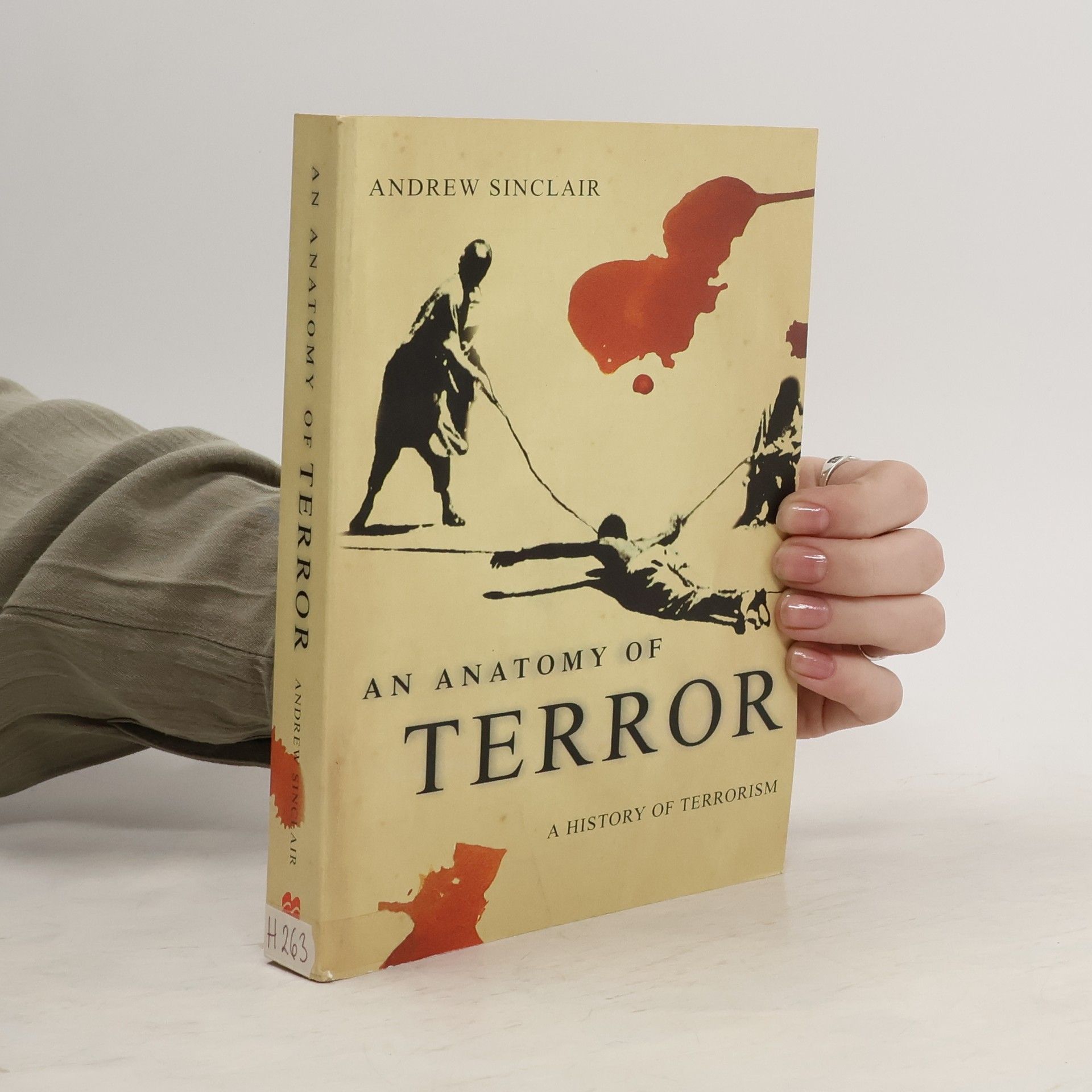
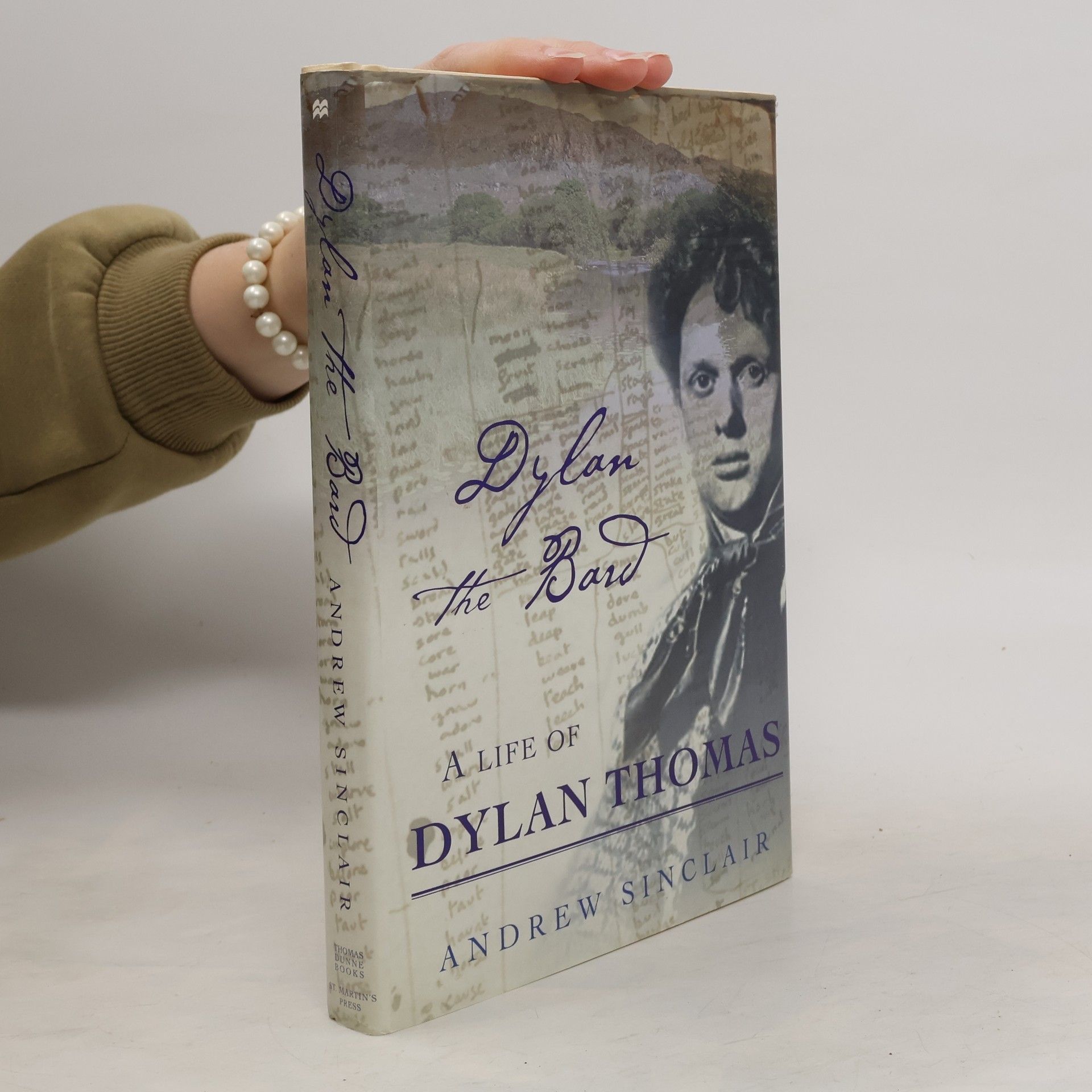
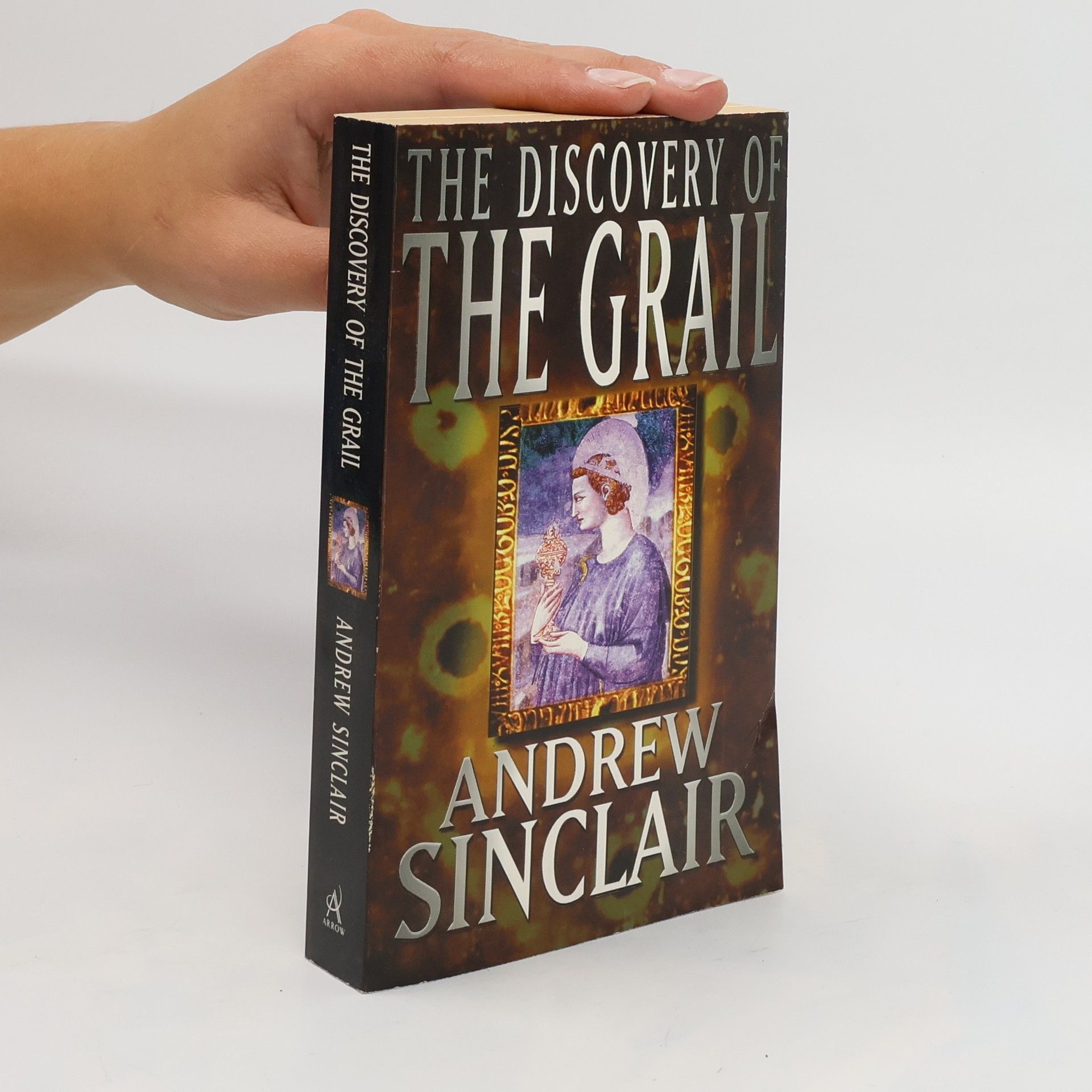
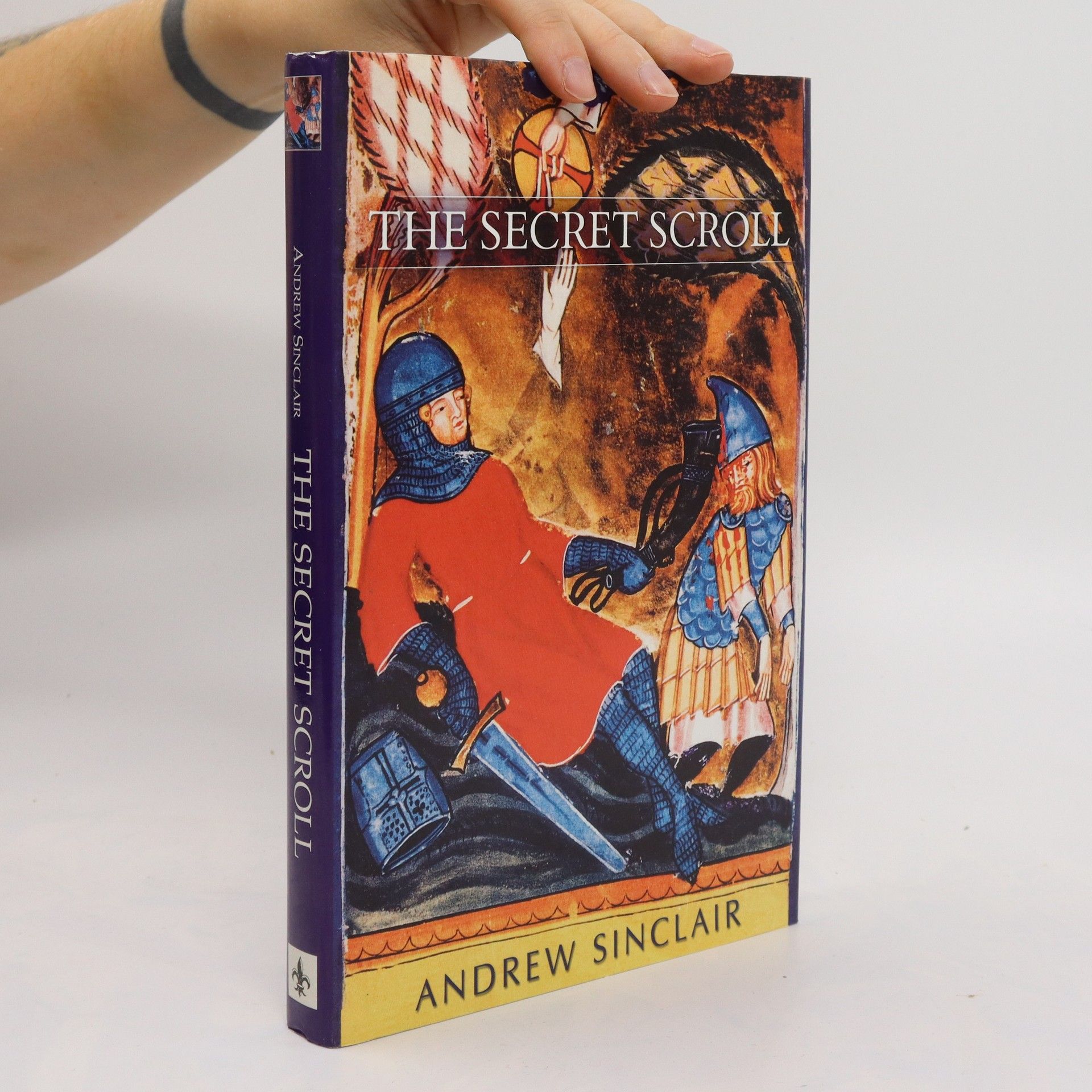

This is the story of how the mysterious Order of the Knights Templar brought their treasures and secrets to Scotland. The author, using historical analysis, religious interpretation, and detective skills, finds a chapel of the Holy Grail and its architect, and, in Orkney, the Secret Scroll.
"The story of the Grail has never been told in full. This definitive shows how the idea of the Holy cup dated from pagan sacrifices in Babylon, Greece, the Nordic people and the Celts. The biblical and post-biblical accounts of the Grail continued fitfully through the Dark Ages then flowered in the early Middle Ages through the legends of King Arthur. The Knights Templar claimed to have discovered the Grail in Palestine and brought it to Rosslyn Chapel in Scotland, which throughout the Middle Ages many artefacts surfaced which were claimed as the Grail. Andrew Sinclair traces the histories of these various artefacts and assesses their varied claims; the Glastonbury bronze bowl, the Saint Elizabeth Cup from Egypt, the wooden cup from Nanteos in North Wales, the emerald bowl owned by Napoleon, the precios metal Grail said to be hidden in Rosslyn Chapel and sought there by Rudolf Hess."
Explores the relationship between the poet's work and his self-destructive personal nature.
An Anatomy of Terror
- 415bladzijden
- 15 uur lezen
Andrew Sinclair explores the entire sweep of history - from the early role of terror as a tribal force and its incorporation into the rise of religious terrorism to later, politically fuelled violence.
Death by fame
- 224bladzijden
- 8 uur lezen
A biography of the tragic Austro-Hungarian empress follows the winding, often lonely path that led the daughter of German royalty from a pampered life to an unhappy marriage to Emperor Franz-Josef
Rosslyn
- 214bladzijden
- 8 uur lezen
The mysterious history of Rosslyn Chapel and the Knights Templar is revealed in this authoritative volume by a descendent of its first patrons.In the 15th century, William Sinclair, 1st Earl of Caithness and Baron of Roslin, built a Catholic chapel in the Midlothian region of Scotland. Famous for its esoteric symbolism, this flamboyant Gothic church was of great importance to the Knights Templar, who formed a third Temple of Solomon with the patronage of the Sinclair lairds.Historian Andrew Sinclair, whose own family lineage traces back to William, explores the rise and fall of Rosslyn over the course of centuries. It is a tale of religious conflicts and ancient relics, of epic battles and secret societies. Along the way, he dispels the many myths and misinterpretations that have grown up around Rosslyn, as the fortunes of the Sinclair family declined and the Church and Castle fell into ruin.
The Surrey Cat
- 168bladzijden
- 6 uur lezen
Prohibition the Era of Excess
- 498bladzijden
- 18 uur lezen
Man and Horse: Four Thousand Years of the Mounted Warrior
- 287bladzijden
- 11 uur lezen
The book explores the pivotal role of horseback warfare in shaping military success and its cultural impact throughout history. It delves into the tension between mobile equestrian cultures and settled urban societies, suggesting that this conflict has influenced much of human art and culture. Key figures such as Alexander the Great, Hannibal, and Saladin are analyzed, alongside the contributions of the Knights Templar, Mongols, and various historical figures like Ned Kelly. The narrative highlights the enduring significance of the horse in warfare and its broader cultural implications.
